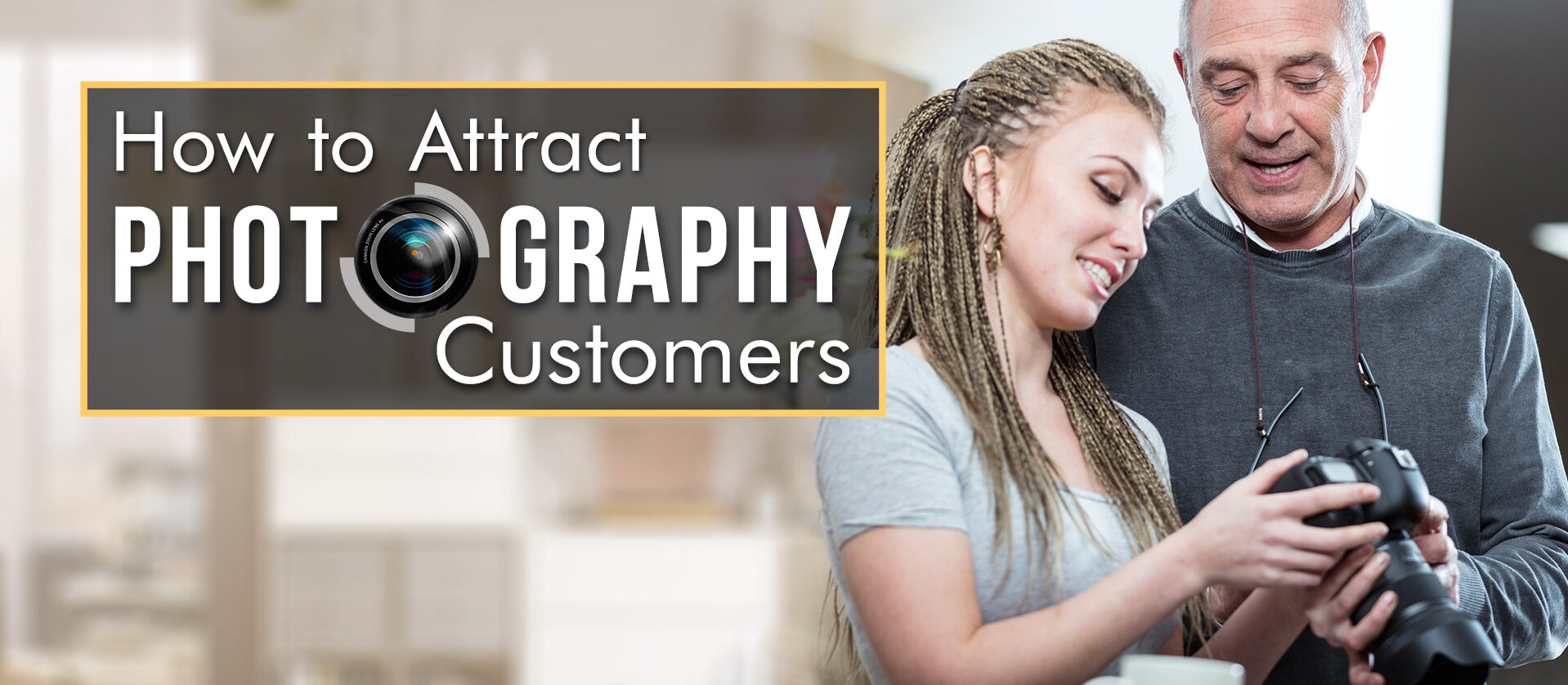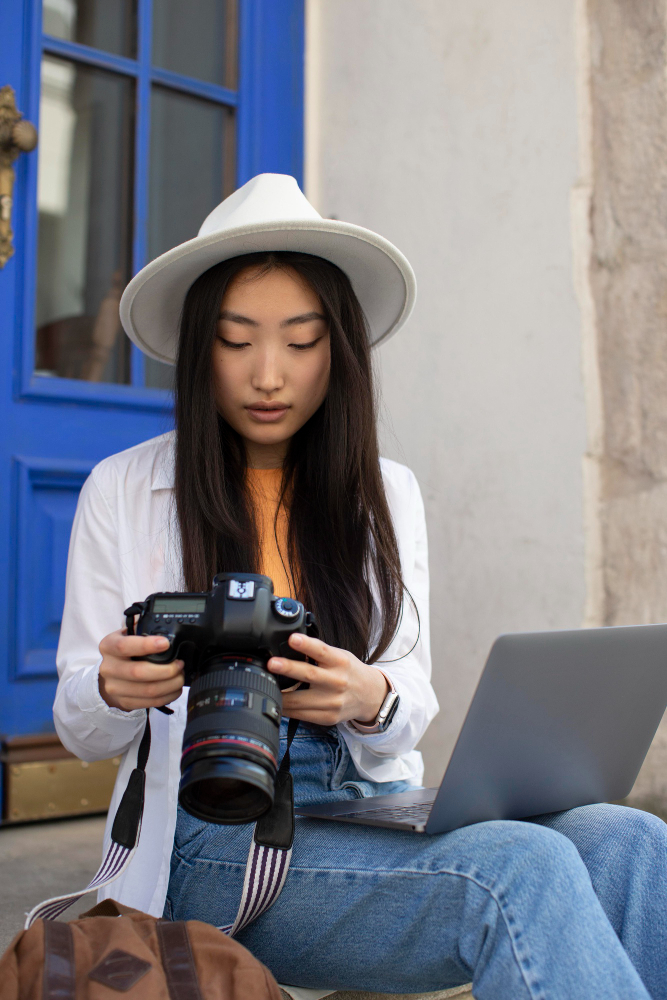Macro photography is simply close-up photography, and sometimes means that the image is the same size as the original subject. However digital cameras have taken that definition and changed it into something else, and today it just means close-up photography. Macro photography has caught on in a big way in both the professional and hobbyist community. When you see a high-resolution image of an insect or flower – computer desktop wallpapers spring instantly to mind – chances are it was done with macro digital photography. Many hobbyists also make a game of photographing some obscure piece of an everyday household object and posting it as a puzzle, challenging viewers to identify what it is.
You can join in the fun with these ten handy tips:
1. Always use a tripod, and not a poor quality one, either. A poor quality tripod will slip, and it also won’t hold the camera steady. A good tripod should be stable enough to lean on. Especially of interest to macro photographers, it can be used for table work too, which is perfect for taking macro shots.
2. Get some good extension for your lens when taking macro shots. If you already own a macro lens consider getting the 2x tele-converter to double its useful focal length. A tele-converter lens will provide greater maximum magnification at the minimum focusing distance.
3. Using a shutter release cable will reduce any potential vibrations, movement or harmful blur. Adding a self-timer along with your shutter release cable will add a razor-sharp quality to your images.
4. A mirror lock-up will help to reduce camera vibration, movement or blur even more.
5. Remember that depth-of-field is affected by aperture. You can use an aperture of between f16 and f32, which is a good start, or you can also use a wide aperture such as f2.8 which will give you a very shallow depth-of-field and allow you to be very selective in what you focus on.
6. For nature photography, remember that wind will just frustrate you, since it will create blur. Try transporting your subject inside if it’s too much of a hassle. Remember that your subject must be completely still, or this will not work.
7. Always go for a clean background. A background that is too busy is distracting to the viewer’s eye. A pure white background will enhance cleanliness, while a pure black background will accentuate bold color. Another good idea is to use neutral tones such as pale blue or brown. You can just use colored construction paper; who needs a fancy studio?
8. Use a low ISO. An ISO of about 150 will get better results for your macro shots. Since you will be using a tripod, a low ISO should not hinder you. The limits should be anywhere from ISO 50 to ISO 200 for your macro shots; any higher than that and you’d be getting noisy images. It would be recommend to use a noise-reduction filter if possible.
9. Use PNG, TIFF, or RAW format for storing your images. RAW is best if you have the storage capacity because it does not use compression, but you will need to convert it before using it in an image program. PNG, as opposed to JPG, is a loss-less form of image compression which will preserve every detail in high resolution. TIFF works here just as well, but you’re doing good if you can even find a consumer-market camera that will use something besides JPG.
10. Break the rules. This is an artistic form, so play around with ideas. Experiment with ordinary household objects, shiny reflective objects, and different lighting conditions. Can you make a toy soldier look life-sized? A shoelace look like a rope? Or a model train town look like a real city? How about complete surrealism? Or what is the closest shot you can get of the human body and still have it recognizable?
By Amy Renfrey
Amy has the credentials to guide you on camera technique. She places strong emphasis on quality too.

